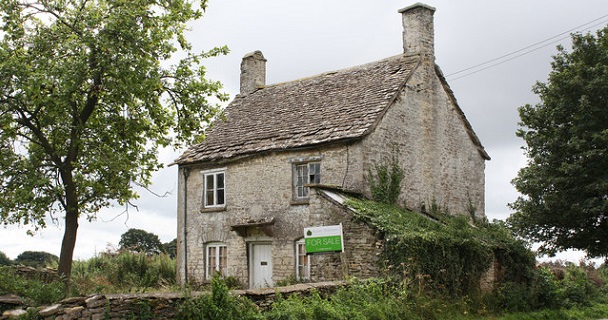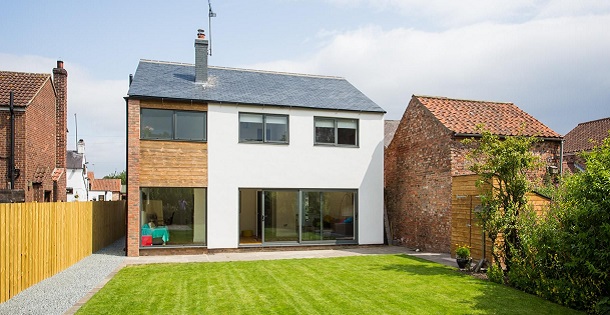
Buying a new property is an exciting time and a big financial decision that is not without its risks. When you buy a new home, you will also be taking on the responsibility of looking after the property and investing in it where necessary. If you discover after buying your new home that there are underlying structural issues that will be costly to fix, it could cause you financial difficulties.
A RICS Homebuyers Survey can help to highlight any of these issues and mitigate a large amount of the risk you take on. Most people will only purchase a property a handful of times in their lifetime and understanding what a Homebuyer Survey includes and how they work can be confusing. This guide explains everything you need to know about Homebuyers Surveys and some helpful tips to help you along the way.
What is a Homebuyers Survey?
A RICS Homebuyers Survey is provided or accredited by the Royal Institution of Chartered Surveyors (RICS), and they replaced the Home Buyer Survey & Valuation back in March 2010. As of 2016, this Homebuyer Survey no longer includes a valuation but keeps all the other same components as the previous Homebuyers Survey.
This means RICS Surveyors no longer need to be registered valuers to complete a Homebuyers Survey, and as a home buyer, you have two options available: a homebuyer’s report with the survey, or a homebuyer’s report with survey and valuation.
Both of the Homebuyers Survey options available are considered to be at an intermediate level of property surveys. They provide much more detail than a basic Mortgage Valuation but have less information than a Full Building Survey.
A RICS Homebuyers Survey will not detail every aspect of the property but will highlight any urgent matters that you should be aware of. This type of survey will cover all the major sections of a property that a surveyor can see, but they will not lift carpets or floors or look into wiring issues.
RICS Homebuyers Surveys can only be carried out by a RICS certified professional, so you would have peace of mind that the report you receive is fully comprehensive and covers the things that are most important in your new property.
What type of property is a Homebuyers Survey for?
You can get a Homebuyers Survey on any type of property, whether you are purchasing a house, flat or bungalow. They are the most common type of survey for buyers as they can highlight any major issues with the property without costing as much as a highly detailed survey.
A RICS Homebuyers Survey is best suited to a property that doesn’t have any obvious issues or buildings that aren’t considered high risk because of age or location. For these high-risk properties and buildings with obvious issues, it is often worth getting a more thorough survey done to give you a better idea of the potentially expensive issues.
If you are buying a new build then you may not require a Homebuyers Survey, especially if the home is still under warranty. If this is the case, be careful to check exactly what is covered under your warranty.
What is included in a Homebuyers Survey?
When you choose to get a RICS Homebuyers Survey, your surveyor will look at a number of specific areas in the property that are common problems in most buildings. All of these things that are observed by the surveyor will be detailed in the final report that you receive. The main areas that a homebuyer’s report will cover are:
- Any background information on the property and its location.
- A rough estimate of the cost of rebuilding the property, to be used for insurance purposes.
- A full assessment of insulation, damp-proofing and drainage in the property (drains will not be fully assessed).
- An assessment of the buildings condition and checks for any woodworm or rot in the building.
- Tests for damp from the property walls.
- Any details of major faults that can be visibly spotted by the surveyor and could affect the property’s value.
- Any details of urgent issues that require specialist attention before a contract is signed.
Once the RICS Homebuyers Survey is complete, the report will give you one of three condition ratings to describe and evaluate the state of the property. These are:
- 1. Condition Rating 3: The property has issues or defects that are serious and need repairing, replacing or investigating urgently.
- 2. Condition Rating 2: The property has issues or defects that need repairing or replacing but are not thought to be urgent.
- 3. Condition Rating 1: The property does currently need any repairs.
When you receive your Homebuyers Report after your survey, the front of the report will be a summary of all the findings. However, a reminder of urgent repairs will be at the end. It is vital to thoroughly read the entire report, which will be easy to understand and written in plain English.





